PDF files are used for sharing important data, but security settings play an important role in controlling access and modifications. It adds password protection and restricts editing to protect sensitive information. However, there are times when you want to remove restrictions, update passwords, or enable specific permissions. That's where you need to understand how to change security settings on PDF to ensure it remains protected while allowing flexibility.
Some documents may be locked against printing or editing, while others might require a password to open. Thus, checking these settings is important, especially when dealing with business contracts or confidential reports. This article covers everything you need to know about managing PDF security settings.
Part 1. What is the Security Settings of a PDF?
As discussed earlier, PDF security settings determine how a document can be accessed, viewed, or modified. If you are wondering, "how do I change PDF opening settings?" it is important to understand the different security options available. PDF security is mainly divided into the "Open Document Password" and "Owner-Level PDF Permissions" categories.
Open Document Password requires a password before granting access to the document. On the other hand, Owner-Level PDF Permissions do not block access but restrict actions within the document. "Printing Security" prevents users from producing physical copies of the file and reduces the risk of distribution. Plus, "Content Editing Security" ensures the document remains unchanged and makes it useful for signed contracts and official reports.
Part 2. How to Check the Security Settings on a PDF
When you need to change the document security settings in PDF, the first step is to check its current security status. For this purpose, UPDF is a highly recommended tool to check and modify PDF security settings. With its intuitive interface, you can quickly see if a PDF has an open document password, editing restrictions, or printing limitations.
It provides seamless options to unlock, modify, or enhance security settings based on your needs. In the following section, we will explore 2 methods of using UPDF to open a document and check its security settings.
Method 1. Try to Open PDF with UPDF
Using UPDF, you just need to open the document, and it will instantly indicate if the file has restrictions, such as password protection. Let's dive below to learn how to open a document using this tool.
Step 1. Access the Tool To Open PDF
To initiate, download, and launch this dedicated tool on your preferred desktop.
Windows • macOS • iOS • Android 100% secure
Upon accessing the main display of UPDF, click on the "Open File" option to import the PDF and check its security settings.
Step 2. Try to Open the Document in UPDF
When you import the password-protected document, it will show a dialogue box to enter the password. If you know the password, enter it in the designated area and press the "Unlock" button to open a PDF.

If you don't know the password, you can use PDF unlocking tools like aJoysoft to access the file.

Method 2. Check PDF Security Settings in UPDF
If a PDF document is protected by a permission password, preventing editing, printing, or other actions, you can easily review its security settings using UPDF. Upon opening the file, UPDF will indicate whether content copying or printing is restricted. Follow the steps below for a complete overview of the document's security settings.
Step 1. Open PDF and Access File Tab
When you successfully open a PDF in the tool, click on the "File" tab at the top-right corner of your screen.
Step 2. Navigate to Properties of Your File
Upon seeing a drop-down menu, select the "Properties" option to view all the properties detailed in this PDF file.
Step 3. Check the Security Settings of the File
Moving forward, you will access a dialogue box where you need to go to the "Security" tab. Here, you can check all the security details of the document.

To change the permissions of a PDF, you can use UPDF's permission control feature. However, you must first enter the permission password.
Part 3. Bonus Tips About PDF Security Settings
After checking a PDF's security settings, UPDF also lets you add some additional settings to enhance protection. You can use its permission password and open password features to protect your PDFs from unauthorized access and modifications. The open password restricts access to only authorized users, which requires a passcode to open the file.
Meanwhile, the permission password allows you to control editing and copying permissions by ensuring that your document remains secure and unaltered. When considering how to change security settings on PDF, always choose strong passwords and update them periodically to prevent unauthorized access. Without wasting any time, follow the guidelines below to explore how to use UPDF for additional document security settings:
Step 1. Open the PDF to Add Security Settings
Upon importing the document in UPDF, you need to click on the "Protect Using Password" icon. Then, you will access a popup menu where you have to press the "Document Open" feature.

Step 2. Enter a Passcode to Protect Your PDF
Afterward, a small dialogue box will appear where you need to enter the password under the "Document Open Password." Then, reenter the password and press the "Apply" button to save changes.
Step 3. Add Permission Password to the Document
Following this, navigate to the "Permissions" tab and again input a strong password so that no one can alter your PDF without your permission. When added, click on the "More Options" drop-down to apply more security settings.
Step 4. Apply Some Permissions to the PDF File
Afterward, you need to set some permissions for your document, such as "Printing Allowed," "Changes Allowed," and "Encryption Level." Once you add it according to your preference, hit the "Apply" button to implement all these security settings on your file. Users who want to learn more about this feature and its applications can read this article.

Steps to Remove Password from PDF Using UPDF
After adding the passwords, you might need to remove them to change document security settings PDF, especially when sharing or archiving documents. Follow the instructions below to remove all the security settings from your PDF with one tap:
Step 1. Tap on the Remove Security Feature
To remove a password, open the protected PDF in UPDF and enter the required passcode when prompted. After unlocking the document, navigate to the "Protect Using Password" option and select the "Remove Security" option.

Step 2. Confirm the Password Removal Task
Afterward, you will access a small dialogue box where you have to press the "Remove" button. Now, UPDF will eliminate the password and allow unrestricted access to the file.
After exploring all its dedicated features and capabilities to protect documents, you should download and try UPDF today and enjoy your PDF management experiment. Along with that, you can watch this video tutorial to understand better and protect your PDFs from data leaks.
Conclusion
To sum up, managing PDF security settings is important for protecting sensitive documents from unauthorized access and modifications. Whether you need to add password protection, restrict editing, or adjust printing permissions, understanding how to change security settings on PDF ensures your files remain secure.
With tools like UPDF, you can efficiently review, modify, and enhance document security based on your specific requirements. So, download UPDF today and take full control of your PDF documents.
Windows • macOS • iOS • Android 100% secure
 UPDF
UPDF
 UPDF for Windows
UPDF for Windows UPDF for Mac
UPDF for Mac UPDF for iPhone/iPad
UPDF for iPhone/iPad UPDF for Android
UPDF for Android UPDF AI Online
UPDF AI Online UPDF Sign
UPDF Sign Edit PDF
Edit PDF Annotate PDF
Annotate PDF Create PDF
Create PDF PDF Form
PDF Form Edit links
Edit links Convert PDF
Convert PDF OCR
OCR PDF to Word
PDF to Word PDF to Image
PDF to Image PDF to Excel
PDF to Excel Organize PDF
Organize PDF Merge PDF
Merge PDF Split PDF
Split PDF Crop PDF
Crop PDF Rotate PDF
Rotate PDF Protect PDF
Protect PDF Sign PDF
Sign PDF Redact PDF
Redact PDF Sanitize PDF
Sanitize PDF Remove Security
Remove Security Read PDF
Read PDF UPDF Cloud
UPDF Cloud Compress PDF
Compress PDF Print PDF
Print PDF Batch Process
Batch Process About UPDF AI
About UPDF AI UPDF AI Solutions
UPDF AI Solutions AI User Guide
AI User Guide FAQ about UPDF AI
FAQ about UPDF AI Summarize PDF
Summarize PDF Translate PDF
Translate PDF Chat with PDF
Chat with PDF Chat with AI
Chat with AI Chat with image
Chat with image PDF to Mind Map
PDF to Mind Map Explain PDF
Explain PDF Scholar Research
Scholar Research Paper Search
Paper Search AI Proofreader
AI Proofreader AI Writer
AI Writer AI Homework Helper
AI Homework Helper AI Quiz Generator
AI Quiz Generator AI Math Solver
AI Math Solver PDF to Word
PDF to Word PDF to Excel
PDF to Excel PDF to PowerPoint
PDF to PowerPoint User Guide
User Guide UPDF Tricks
UPDF Tricks FAQs
FAQs UPDF Reviews
UPDF Reviews Download Center
Download Center Blog
Blog Newsroom
Newsroom Tech Spec
Tech Spec Updates
Updates UPDF vs. Adobe Acrobat
UPDF vs. Adobe Acrobat UPDF vs. Foxit
UPDF vs. Foxit UPDF vs. PDF Expert
UPDF vs. PDF Expert

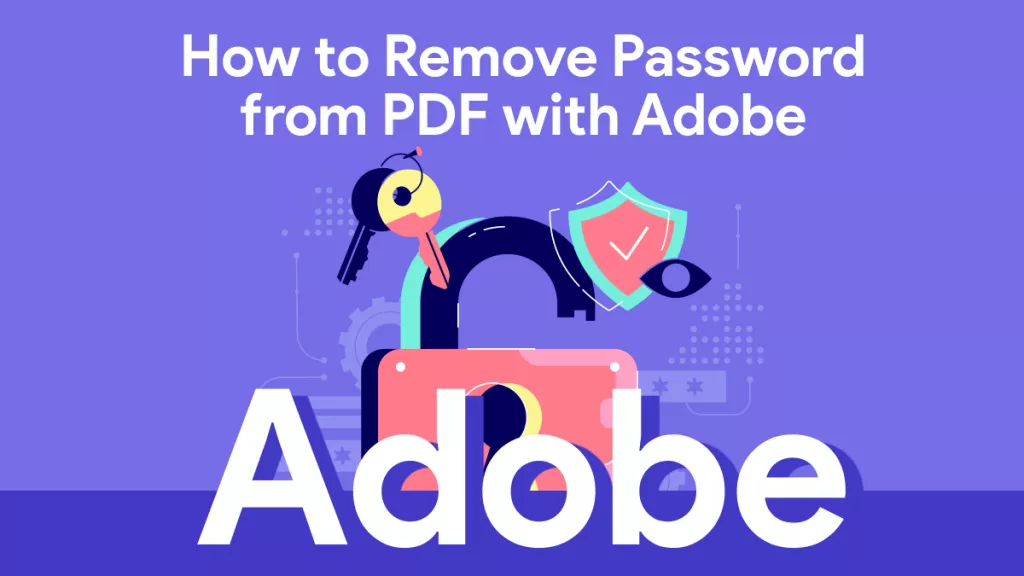

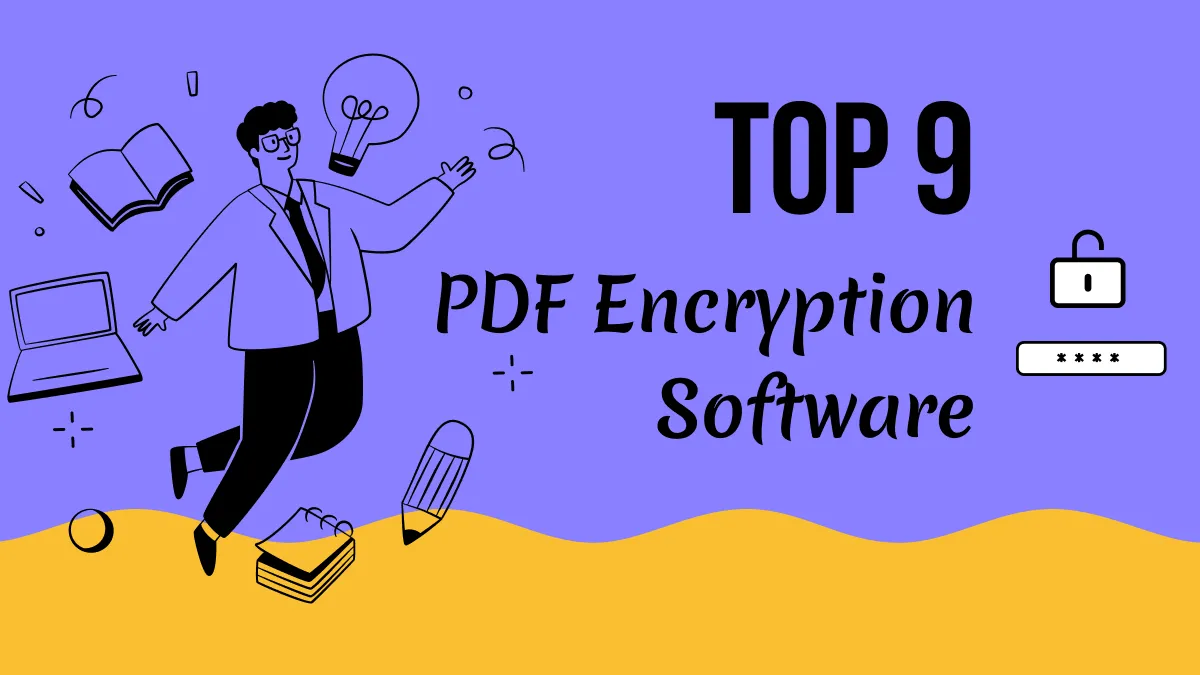
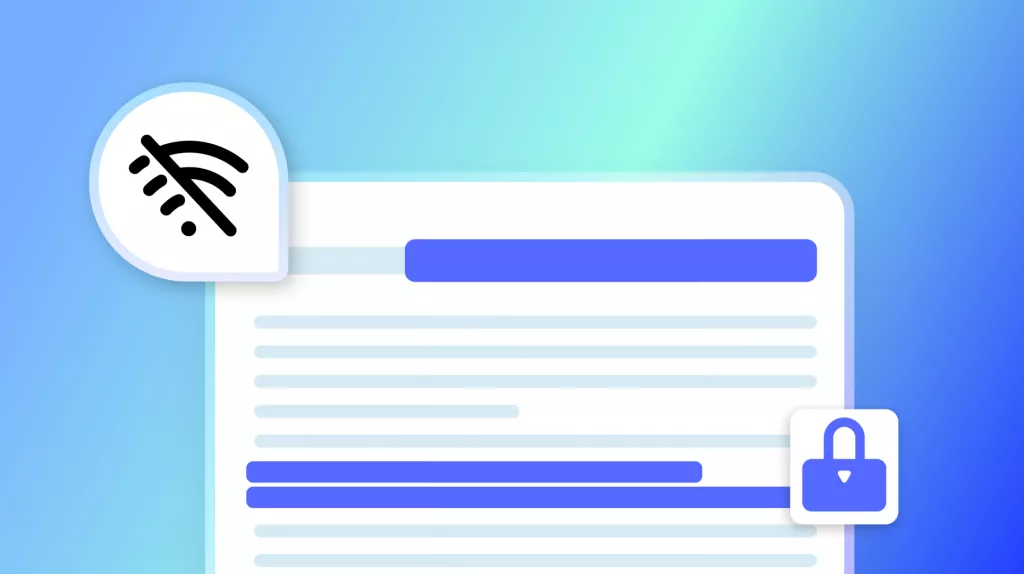
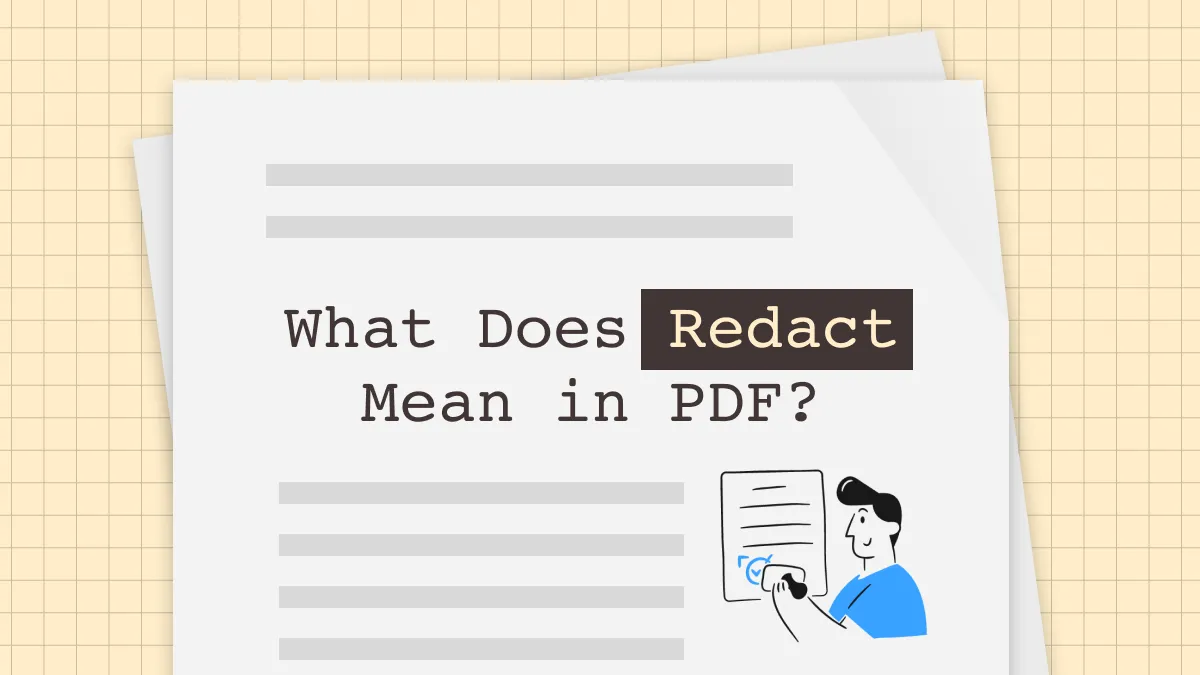
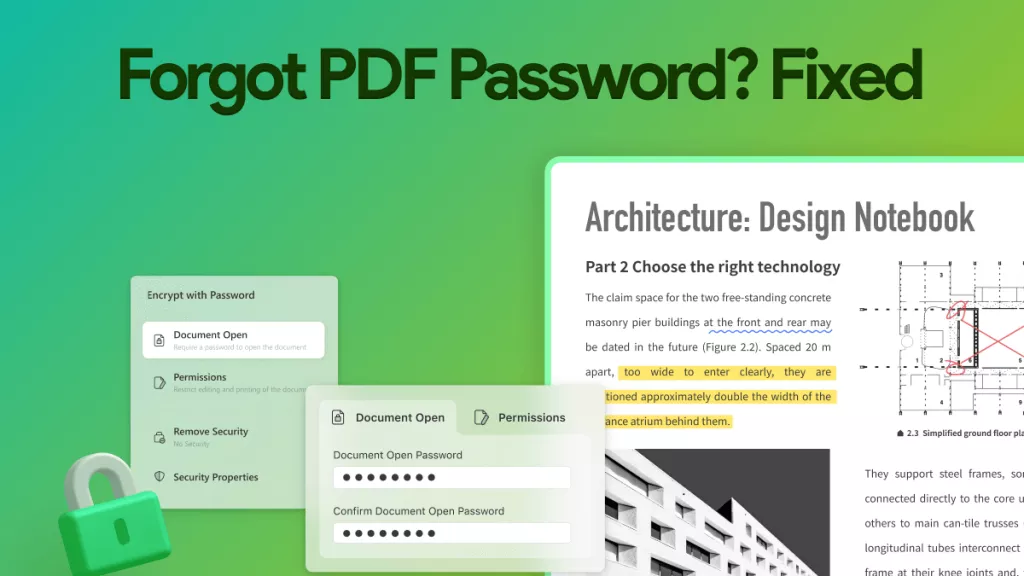


 Enid Brown
Enid Brown 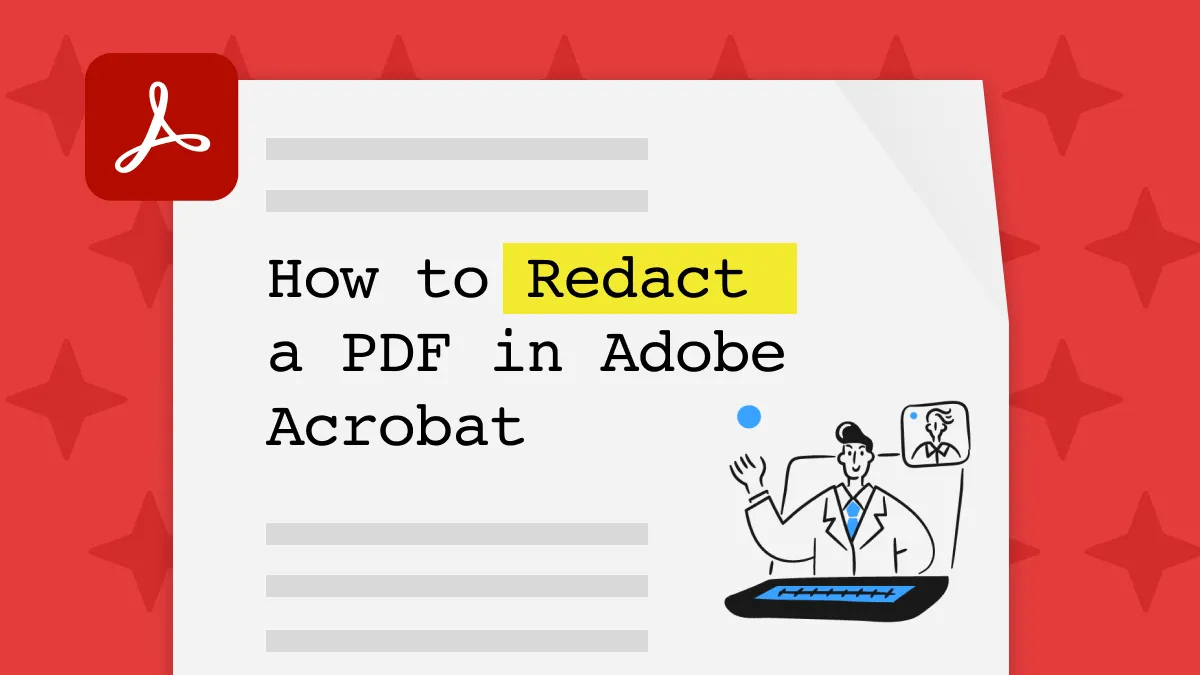
 Enola Miller
Enola Miller  Enrica Taylor
Enrica Taylor 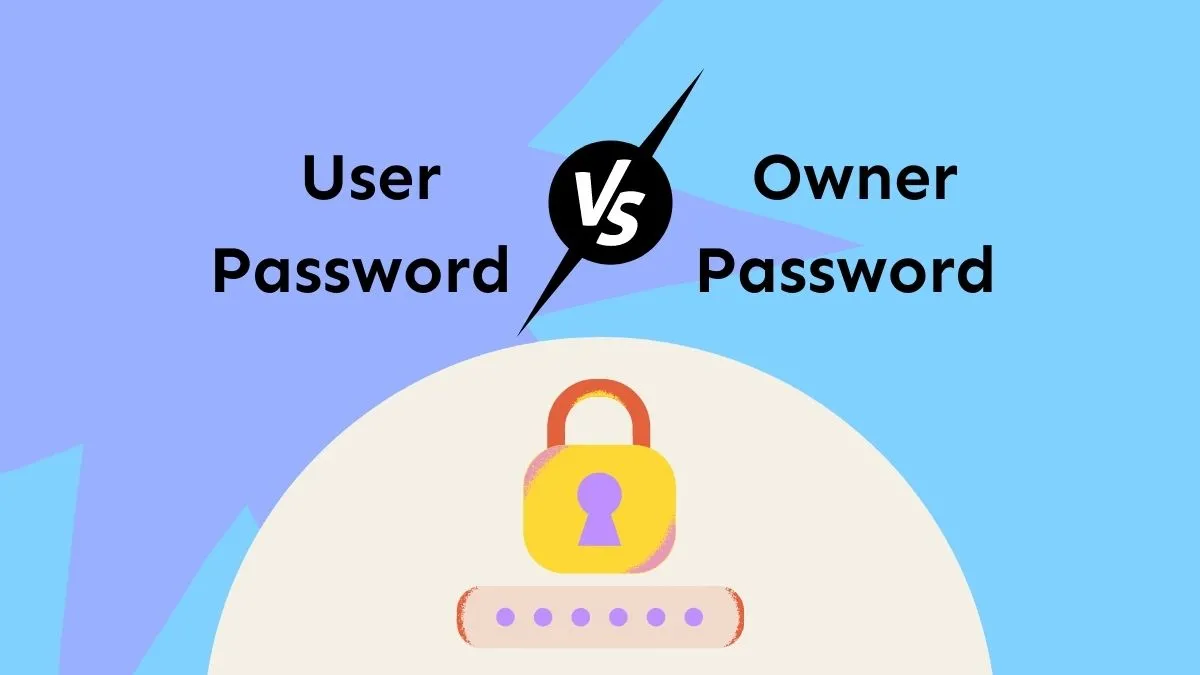
 Idham Wijaya
Idham Wijaya